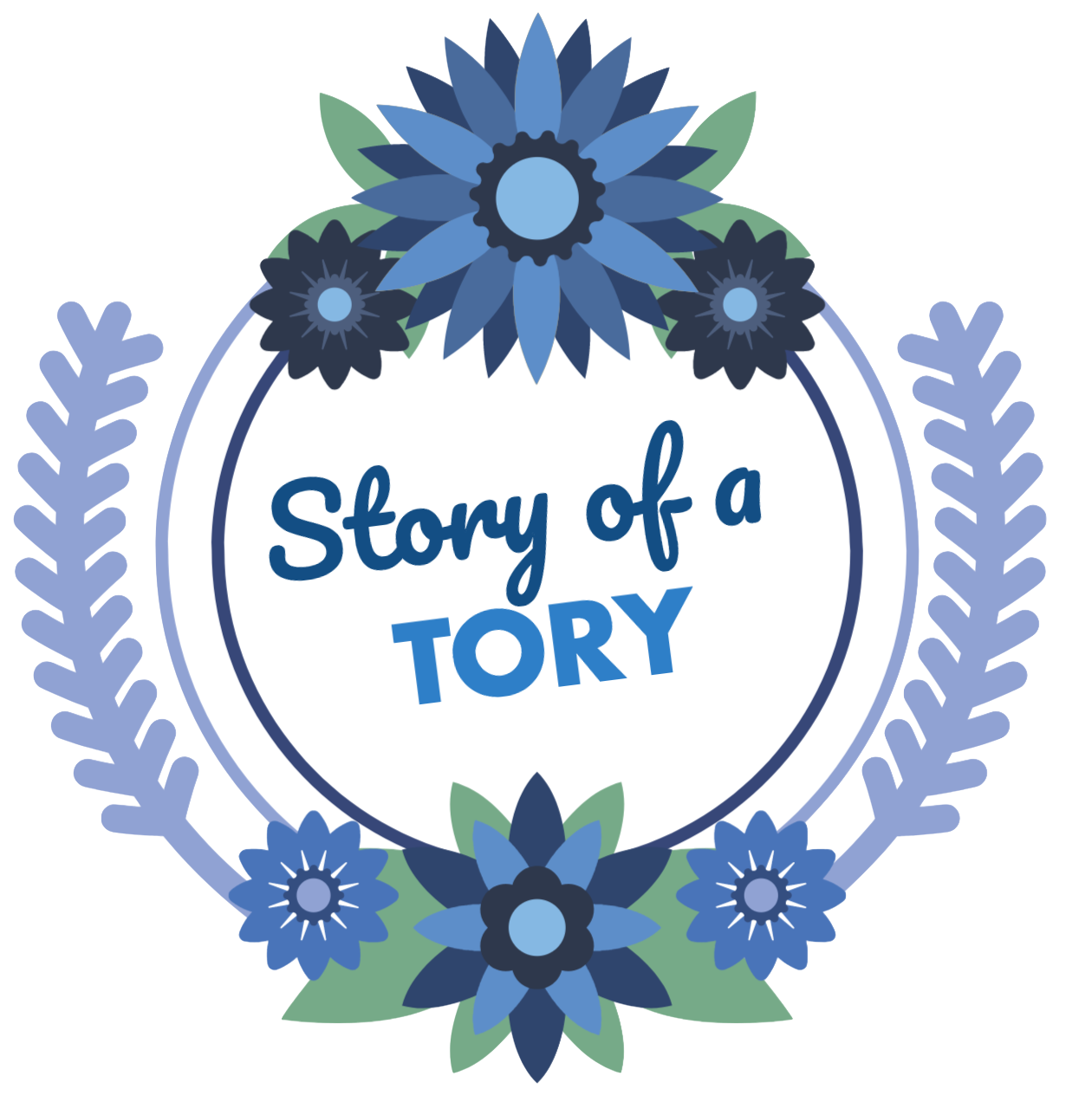
This week, we celebrated Canadian Ag Day in recognition of the hardworking farmers from coast to coast who provide us with world-class food products and play an essential role in our economy. Since Canada’s agricultural sector employs one in eight Canadians, this is a remarkable number of people to thank for putting food on our tables! The dedication of farmers and farm families to putting in long hours, carrying out physical labour, and withstanding unpredictable conditions is one of our country’s greatest assets and we are especially grateful for them this week.
However, this year’s official government celebration of agri-food producers is in decidedly poor taste given the Liberals’ most recent slight to Canadian farmers. For over seventy-five years, Canada’s Food Guide has been the most authoritative food resource and widely used to educate children on healthy eating. The classic rainbow of food groups has not been updated since 2007, so Health Canada announced its intention for a revision process in the fall of 2016. The undertaking is outlined on the Health Canada website:
“Our goal is to:
- strengthen healthy eating recommendations
- communicate guidance in ways that better meet the needs of different users, such as:
- the general public
- policy makers
- health professionals”
Also according to the website, open consultations with “stakeholders and Canadians” began immediately and resulted in this report for the first phase of the initiative.
By the summer of 2017, the release of Health Canada’s guiding principles had lobby groups for the meat and dairy sectors up in arms in response to one recommendation that promotes eating more protein-rich foods derived from plants. This included an encouragement to consume less red meat and an allusion to eliminating the milk and alternatives category altogether in favour of a mass group including all protein. Critics noted generally vague suggestions about adopting a plant-based diet that would discourage consumers from choosing the Canadian dairy and meat products that have been an important part of the guide since 1942.
Earlier this month, the case was closed as regards the distrust that Health Canada intends to foster in two major agricultural sectors. Members of the House agriculture committee voted 5-4 in favour of adjourning debate on a Conservative motion that called for members to study the Food Guide, essentially blocking the Conservative demand unless the matter is raised again at a later date. Agriculture critic John Barlow told the committee that “It is very clear…that Health Canada is going in a direction that is detrimental to our agriculture sector, detrimental to our food processors as well as our producers on the ground. I truly believe that the direction that we’re going on the Canada Food Guide is based on some sort of activism, some sort of ideology and not based on science.” Barlow later told MPs that his office has been receiving a deluge of letters from a cross-section of agriculture groups, all of whom are nervous about the implications of this sudden slam.
Being from rural Ontario and rural Alberta, we understand the importance of agriculture industries such as dairy and beef, and how much public perception influences production. If consumers believe something is bad for them or are in some way influenced to reduce consumption of agricultural products, they often blindly jump on board with little research due to a lack of understanding. Generally, this is through little fault of their own, as agriculture is much more complex than it receives credit for, however it means anyone with a loud voice is able to impact the agriculture sector extensively. Canada’s Food Guide and Health Canada are some of the largest influencers for food consumption in the nation – and people trust and listen to them. If they turn against the agriculture sectors, so will consumers, and if consumers turn against the agriculture sectors, farmers face significant adversity in trying to feed them.
In the dairy industry alone, 215,000 people are employed (Ecoressources) and in the beef industry there are another 230,000 (Canadian Cattlemen’s Association). Every job in the beef industry creates 3.56 jobs in other sectors, and every $1 generated in the beef industry generates $2.08 elsewhere. That is just two sectors of the widespreading agriculture industry, so it is clear that it is pretty significant. Especially with dairy, because we export very little of it, encouraging people to reduce consumption would likely lead to less production and more jobs lost in an economic time when many people are still trying to get back on their feet.
In agreement with John Barlow, much of the attempted changes to Canada’s Food Guide are based more on activism than unbiased science. For example, lumping together the dairy and protein food groups leaves out the crucial nutrients that come from dairy products, such as calcium and potassium, which are especially important for bone development. These are not necessarily present in other meat-based proteins.
The production and consumption of dairy and red-meat products is an important part of a balanced diet and the Canadian economy. Health Canada and Canada’s Food Guide have major voices of influence in teaching consumers about the food they eat and the choices they make at the grocery store. Farmers are relying on these voices to tell unbiased truths, as their jobs rely heavily on public perception and decisions. The changes that the Liberal government have proposed could have significant detrimental effects on the agriculture industry, the dairy and beef sectors especially, due to their activism and ideology-based claims. With the celebration of Canadian Ag Day, we recognize those who put food on our table, and we hope that they will get to continue doing so with the support of Canada’s Food Guide in the future.
Disclaimer: Story of a Tory is in no way affiliated with the Conservative Party of Canada or any other political party, be it federal or provincial. The views of each author are independent of all other authors.

0 Comments